






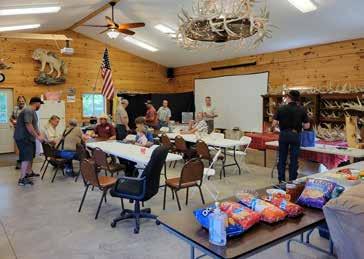


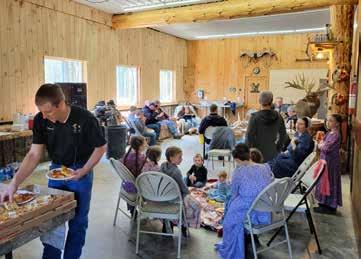



Dave Vanderzee
Easton View Outfitters 518-210-8889 eastonviewoutfittersllc@gmail.com
Four Season Whitetails 315-783-2848 fourseasonwhitetails@hotmail.com
Robert Root
Moriah Elk Farm 607-657-8069 rootnyelk@aol.com
Tom Peryea 518-561-3555 tomselkranch@juno.com
TIM RATER
French Creek Whitetails 570 Maple Ave Clymer, NY 14724 716-355-8870 timrater21@gmail.com
Concord Whitetail Scents 12495 Kern Rd Springville, NY 14141 716-912-7314 rosey9473@hotmail.com
MIKE CZORA
Prime Whitetails 336 Woodruff Rd Rush, NY 14543 585-330-9100 mike@primewhitetails.com
WAYNE HETTENBAUGH
Valley View Whitetails NY 4496 RT 241 Randolph, NY 14772 716-499-9367 whett6@hotmail.com
JB Farms 143 Beach Hill Rd New Ashford, NY 01237 413-822-1040 dan.jennings02@gmail.com
FEATURED ARTICLES:
How to Correctly Line Breed and Why 12, 15
How to Spot and Treat Pneumonia in Whitetail Deer 28
Kansas – Embracing Women Hunters 18

Red Ridge Whitetails and Cervid Solutions – Striving to Represent the Deer Industry in a Positive Light 24
IN EACH ISSUE
5 Star Genetics ............................................ 20
AR&R Antler Replica & Repairs 11 Blessed Bayou 6 C&E Wildlife Products 11 Cervid Solutions, LLC 25 CuddliEZ 26
Dan-Inject North America 21 EZid, LLC ....................................................... 29 Head Gear, LLC 17 Hilty Whitetails 22 Illini Whitetails .................................................3 Jo Jo’s Whitetails 9
Mountain Side Whitetails Cover, Back Cov
NexGen Compounding 7
Pine Creek Deer Farm In. Back Cov, 4, 27 Pneu-Dart, Inc .............................................. 23
Prime Acres Whitetails 16 Purina 19
Rocky Ridge Whitetails 14, 32 Sunrise Supply, LLC 29
Thompson Trophy Whitetails 8 Trophy Whitetails 5 Whetstone Brothers .................................. 10 Woodard Whitetails 31
MAGAZINE GRAPHIC DESIGN AND PUBLISHING: D & K Design 305 E. 350 N., Ivins, UT 84738 deerassociations@gmail.com P) 435-817-0150 (Editorial Provided by Contributing Writers)



Welcome everyone to the season of Fall, where it’s always an exciting time in the world of deer farming. Bucks are grown out, stockers are sold and breeding season is upon us. There are so many awesome A.I. sires and breeding options to choose from. Last, but far from least, it is whitetail deer season in New York and such a great time to be outdoors! The weather is nice, and the leaves are the most colorful that we have seen in a number of years.
I want to thank everyone that took the time to call in to the public hearing for the cervid regulation changes that AG & Markets proposed. It sounds hopeful that some if not all changes could get dropped. It just goes to show that we need to make ourselves heard. It can make a difference. Hats off to Shawn Schafer for taking the time off his busy day to support the deer farmers of New York. He wasn’t even in the country at the time. We are very fortunate to be able to count on him.
I have been fortunate to attend various events this year starting with this past spring. We had a small gathering of local deer farmers at my farm, Mountain Side Whitetails. We sat around and talked about everything deer-related, ate pizza and after lunch we had a dart throwing competition to win some prizes. Then, on August 20th was the Annual Picnic at Prime Whitetails. What a great turnout we had! Even Shawn Schafer flew in to spend the day with us, which again was greatly appreciated.
There was great food, competitions and prizes. I want to sincerely thank Mike Czora and Sandy again for hosting the event. As usual, they always do a super job. Next year is planned for August 19th. Stay tuned, there are even bigger and more exciting things planned already for 2023. You will not want to miss it. The popular Annual Picnic was followed by the Pennsylvania Stocker Auction on August 26th which I attended. I felt prices were strong especially considering the
CWD issues that Pennsylvania has been dealing with for the past few years. Then, on September 1st I was at the Hoosier Trophy Auction in Indiana. I had consigned four bucks off my farm. Average price was just over $4900 for all the lots sold. That is amazing. I also have plans to go to Chupp Auction in Indiana in December. I am sure we will see some great prices there as well. I’m sure you’ll agree it’s just such a great time to be a deer farmer. As far as I know every New York deer farm sold all of their stocker bucks. In closing, I wish everybody a safe and healthy winter. Just remember that fawning season will be here before we even know what happened!
If you have any questions regarding the NYDEFA membership or association dues, please Call Dana at: 315-595-2202
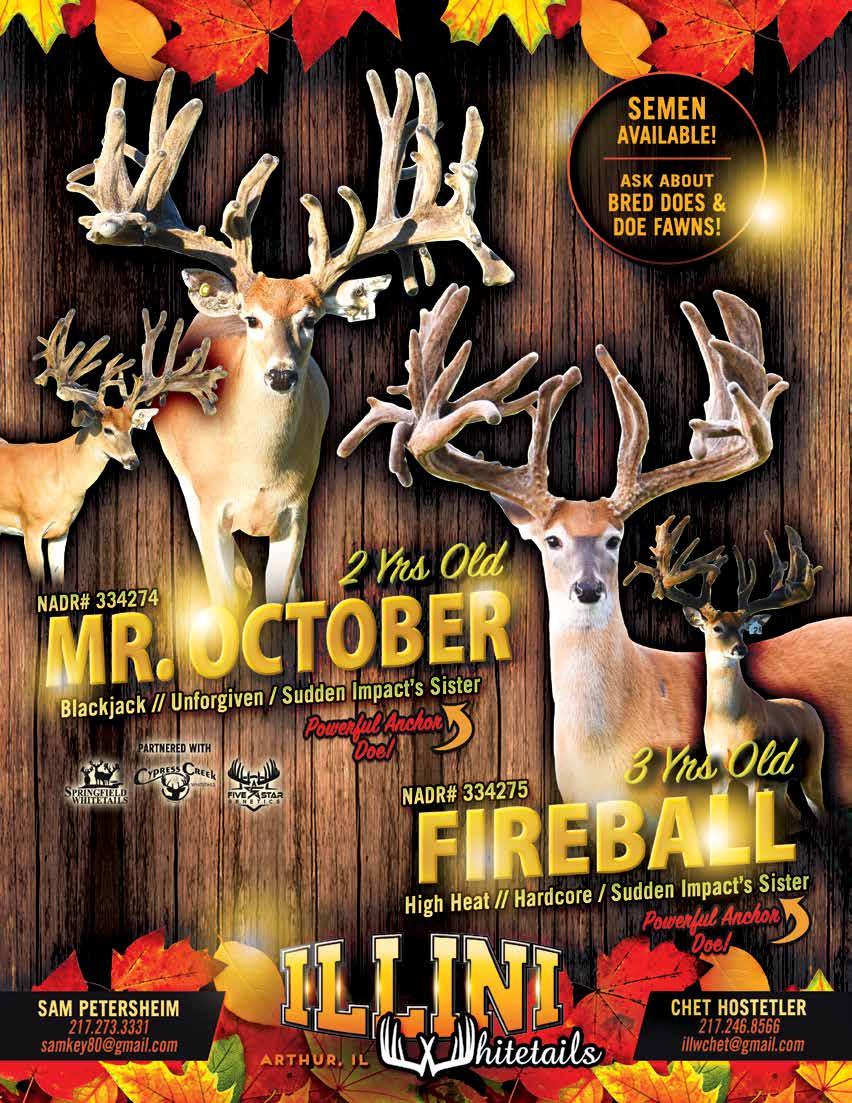



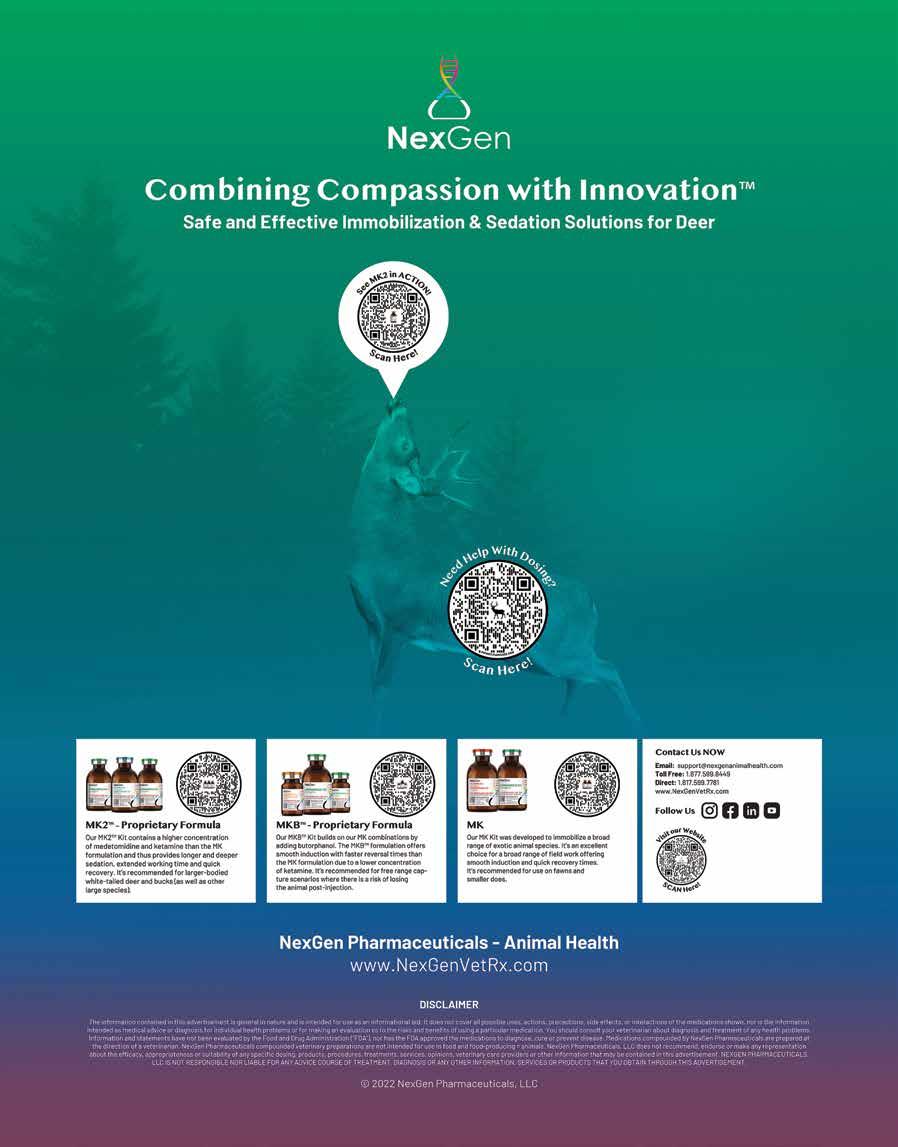
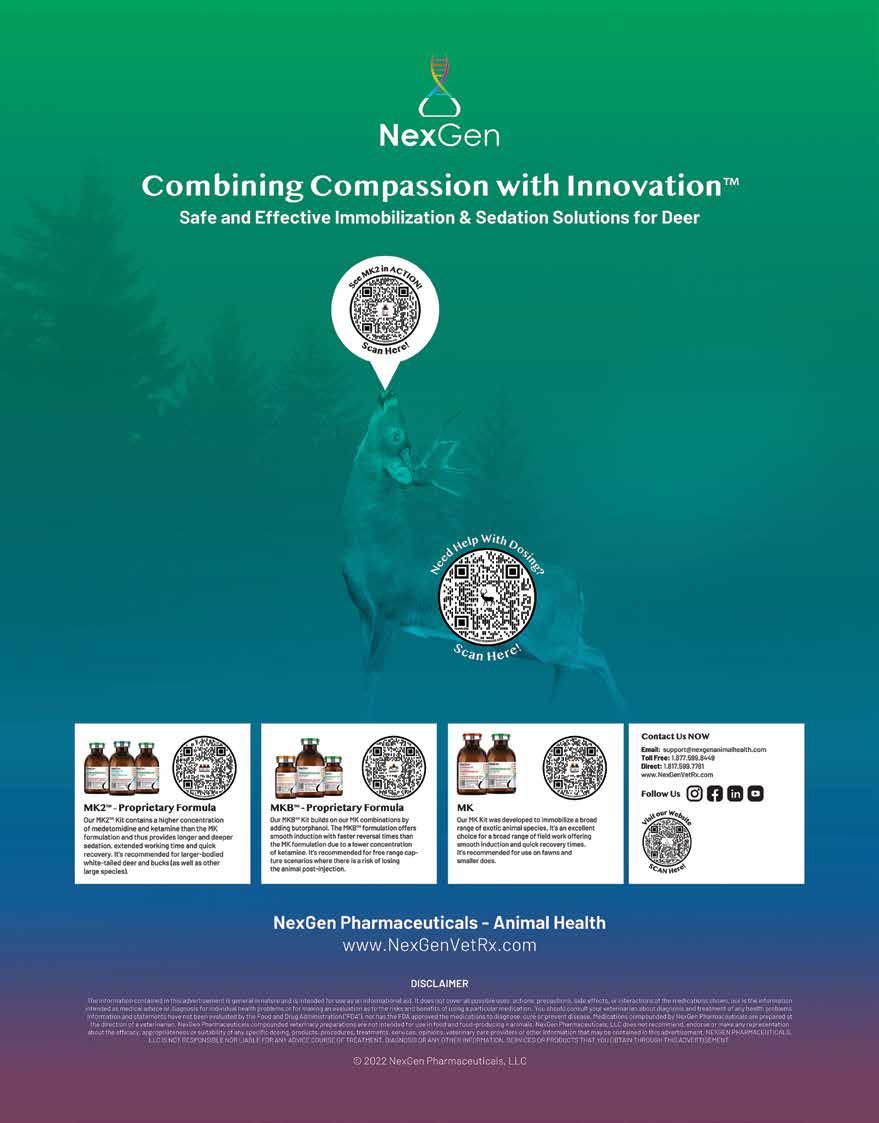
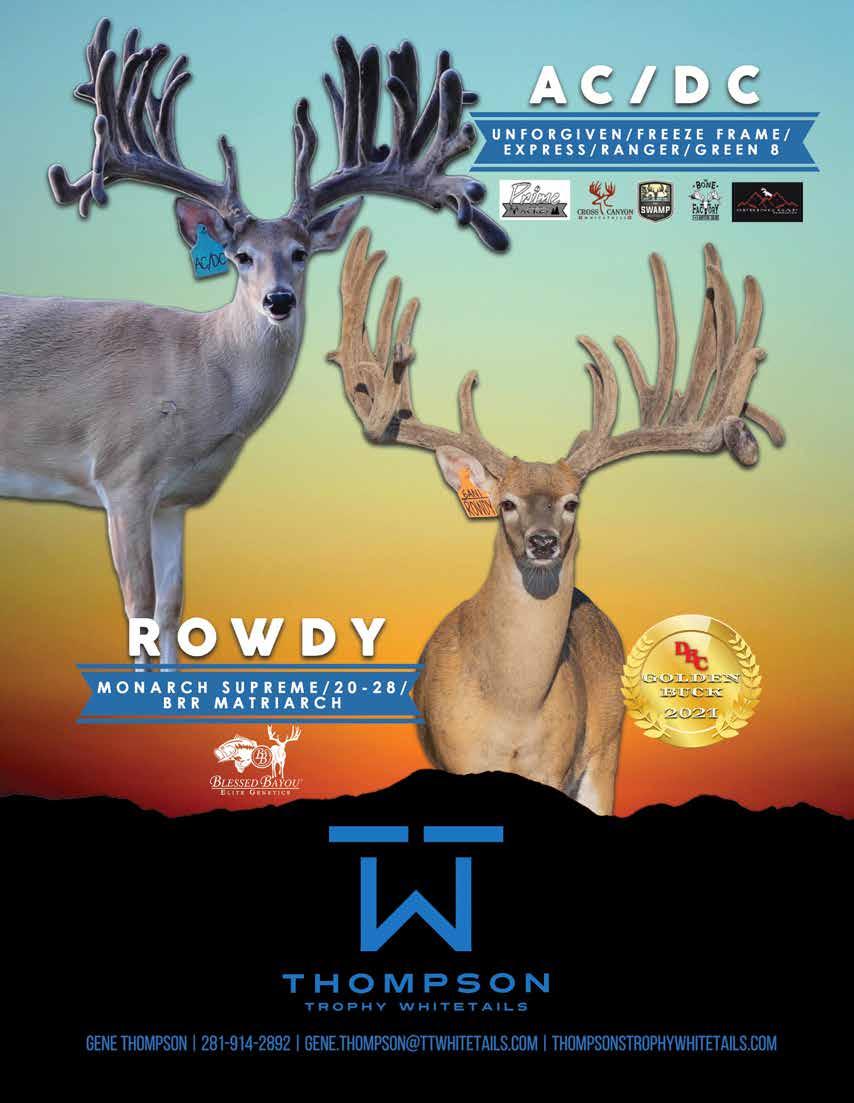




Linebreeding can present opportunities to produce desired, marketable and consistent traits within your whitetail herd, if you breed carefully and patiently. The bottom leg of a doe’s pedigree is the foundation for line breeding, explains Cletus Bontrager of Twin Maple Deer Farm, a 12-acre breeding farm in Shipshewana, Indiana which focuses on producing typical bucks. A doe with a strong bottom pedigree could ultimately produce a “supercharged” doe by following these most recommended steps. First, breed her to a desirable outcrossed sire. Next, select her most desirable 1st generation daughter and breed her to an outcrossed sire. Next, take this daughter’s most desirable 1st generation buck fawn and when he has matured, breed him back to his grandmother. Should this match create a doe, that doe will more than likely be the supercharged doe more “powerful” than her mother that you will use steadfast for breeding, in an effort pass on strong genetics and favorable, marketable traits.
Then, your thoughtfully bred supercharged doe can be outcrossed to a buck with your preferred traits, to perpetuate the type of whitetail herd you are desiring to raise, said Bontrager, 37, who’s been producing deer with his father Ezra since 2000.


When your supercharged doe has her own doe offspring, you would then breed those does back to your established select in-herd sires, rather than outcrossing, as this would take you farther away from the genetics and look you are after. Although this takes time and several breeding cycles, this process creates your line bred foundation stock. In most cases, only 10 to 15 percent of bucks produced from your supercharged doe will become breeder bucks and the rest, stocker bucks, said O’Lamar Borkholder of O’La Jo’s Whitetails, a seven-acre breeding farm in Bremen, Indiana. While the intent behind line breeding is to perpetuate desirable traits, inside every well-bred doe are hidden undesirable traits that only show up in her offspring, said Borkholder, who raises mainly typical deer. “The hardest thing is to keep that typical look – long, nice round beams,” he said. Therefore, if not done carefully, line breeding can expose undesirable traits and be a bigger downfall than an advantage.
Success with your line breeding efforts is realized when, after a few years, your herd begins to display and sustains a consistent look and striking resemblance, Bontrager explained. Twin Maple has heavily line bred the Patrick line into their herd, as a result of Ezra visiting Pine Creek Deer Farm and being impressed by long-tined typicals.
Today, 100% of Twin Maple’s 180 deer all anchor down to one doe. However, Borkholder, whose cousin Eddie Ray produced the famous line-bred Patrick deer, finds very few deer farmers today have the patience to wait and develop a herd of line bred foundation stock. Of the four types of breeding choices one can practice (inbreeding, line breeding, match breeding and random breeding) he finds most deer farmers choose random breeding whereby a farmer breeds a quality doe to the biggest or most popular buck on the scene at the moment. Many deer farmers also practice match breeding, a close cousin to line breeding, which involves perpetually choosing genetic lines that “click” or are known to produce well.
And while history may point to successful cases of inbreeding (breeding father to daughter or son to mom or full brother and sisters) chances of this can be slim. Fifteen years ago, a buck fawn bred his womb sister. A doe from that breeding was then outcrossed and subsequently produced one of the biggest 10-point mainframe breeding bucks of all time, Maxbo Arty.
However, in some cases, inbred deer are born blind, weak, get ugly racks or too runt-like to be worth feeding, Bontrager said. Line breeding (breeding uncles to nieces or nephews to aunts) absolutely requires having the right doe from the very bottom leg of her pedigree, Borkholder emphasized.





If you would like your farm or business featured on our business card pages, email digital pdf file or scanned image (must be readable resolution) of your business card to the email address below.
This gives NYDEFA members a way to reach out to one another for services and to buy or sell deer! There will be limited pages for these card spreads, first come first serve. The overflow would be placed in the next issue and cards will be rotated each quarter.
Email to: dana@ibyfax.com or call Dana at: 315-595-2202









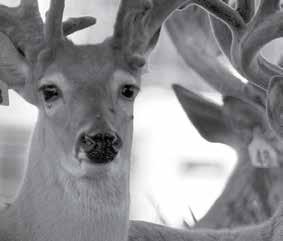




































Joe Bisogno checks the upcoming schedule at his deer hunting haven, Timber Hills Lake Ranch in Mapleton, Kansas, and a huge smile spreads across his face. Because during that particular week, he’s hosting women hunters. Not only that, women hunters who belong to Wander Women Kansas, a group specifically organized to encourage camaraderie and skill building among women while embracing the outdoors. While it may not be the only group of women hunters he clears his schedule for, it is one of his favorites.
“A woman should not feel afraid to try something like hunting,” Bisogno explained. “They should not feel limited. It’s something that more and more women are doing.” While Bisogno, 41, enjoys spending time with hunters from all walks of life, men and women included, he personally feels women take instruction well and often times
better than men, and often times are a better shot than a man. “And I really enjoy the first-time women hunters, too,” he added.
Facilitating events such as these is Wander Woman Kansas Founder and Kansas native Jessica White, who, since 2018, has been organizing events designed specifically to bring women together for outdoor adventures. Among those adventures is not only hunting but fishing, kayaking, rappelling, hiking and paddleboarding, to name a few. Yet hunting is one experience that perhaps nurtures the most substantial personal growth among group participants. “Being outdoors at a place like Timber Hills Lake Ranch can be so peaceful,” White, 36 said. “When you are working really hard together, you bond in a different way and on the same level, too.” The adventure is frequently so profound that afterwards, some women volunteer to come back as guides. Yet building camaraderie and confidence isn’t the only benefit of participating, as conservation and land management plays a big part in the advantage of hosting women hunters who aren’t after a big trophy buck, but who want the experience instead, Bisogno said. Through the years in his part of the country, he’s seen a marked increase in the number of women

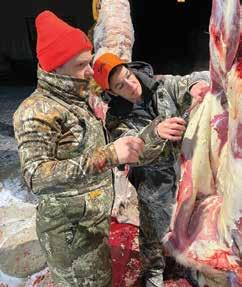
hunters. “It used to be about 90% men and 10% women,” he said. “Now it’s about 70% to 30% but in states like Arkansas it’s definitely 50-50.”
White believes that groups such as Wander Woman Kansas play a role in the annual increase of women hunters. “I started this group to empower women and figured out along the way that there were so many opportunities,” she said. Before starting Wander Woman Kansas “I struggled and unless I had a man taking me around, I felt hesitant to take the initiative,” White added. “Being involved in Wander Woman enables you to have that comfort and space where you don’t have to be an expert to have access to the kinds of activities that we do. I know when we go to Joe’s place for our annual Deer Camp, we are never going to be disappointed. He hosts us because he believes in us and wants us to be successful. It’s very family oriented. Even my Dad participates as a guide.”
“It’s amazing to see how excited the women are after a hunt,” White said. As the evening bonfire is being built and marshmallow sticks are being gathered “they praise each other and help each other and become really good friends. You’d never know they didn’t know each other beforehand. It’s the most wonderful thing to watch.” Bisogno agrees and feels there is another wonderful thing about hunting that may often get overlooked. “There’s nothing political about the outdoors.”





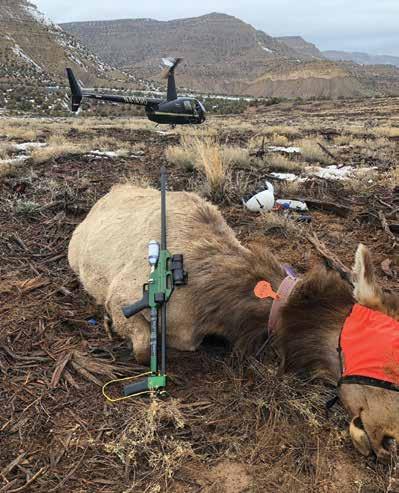




















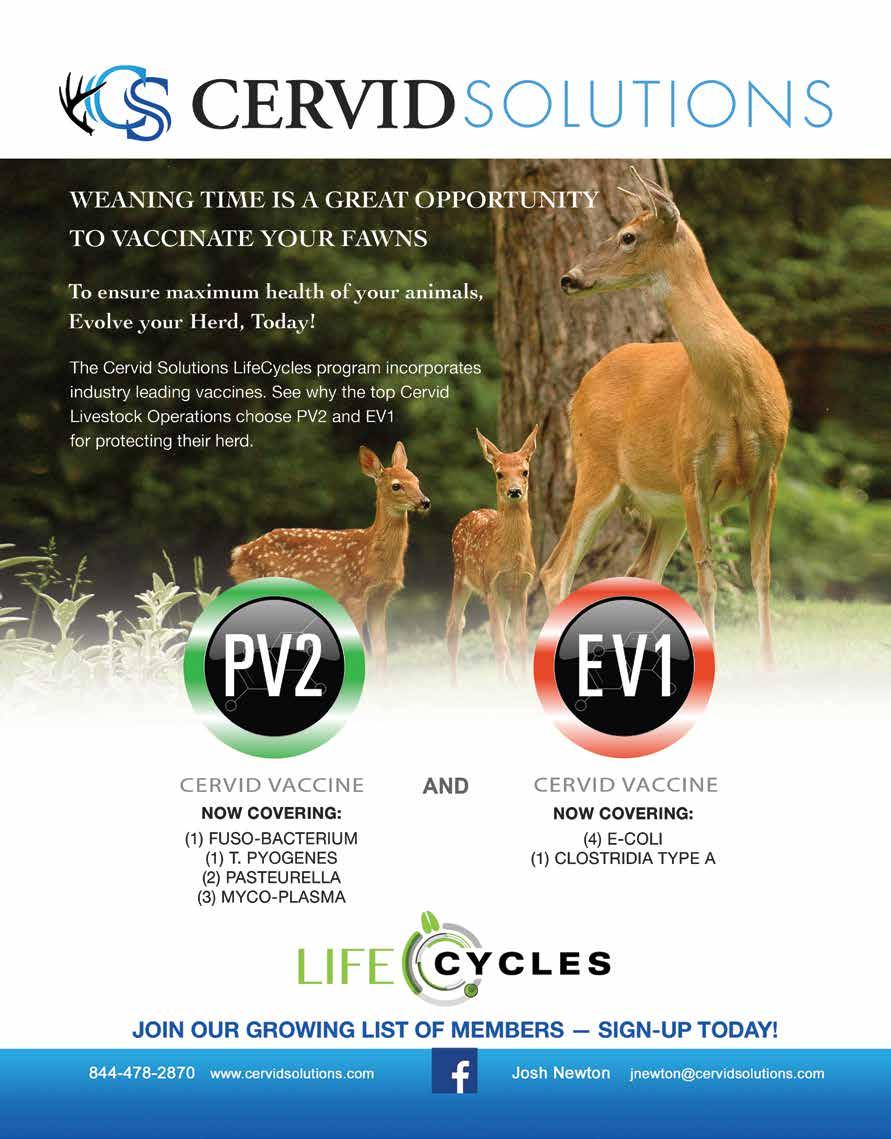


RedRidge Whitetails is more to Operations Manager Josh Newton than just a place to raise and sell deer. At the end of the day, the farm is a representation of all that is good about the deer industry. From the development, breeding and raising of quality seed stock for hunting ranches, to the practice of superior animal husbandry to the promotion of private land management and conservation, Newton’s goal is to help the industry as a whole to thrive and prosper. And he wants the governing bodies in his state, as well as in other states, to know how diligently deer farmers work to improve the health and vitality of whitetails in many facets including the potential eradication of CWD.
Yet, there are moments when Newton relaxes, however brief and cherished those moments might be on the peaceful and lush 10-acre farm in Williamsport, Pennsylvania. Then, he just simply enjoys his deer and his role as a father to his young daughters
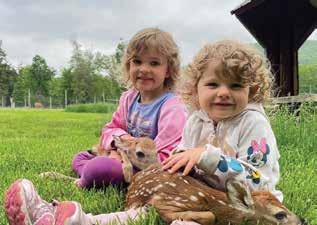
Lena, 5, and Gianna, 2. Watching them interact with fawns alongside his wife Lisa, 37, reminds him of how it all started. For this, Newton is grateful for the other lessons offered through deer farming. “The real lesson is the life itself,” Newton, 41, shared. “And whether we like it or not the reality is that life does exist and (the deer) depend on you. Sadly, some do die. But these experiences create a normal traditional value mindset and animals are a great conduit for that.”
Creating the desire to raise deer started in 1999 when Josh was 17 and visited his uncle’s deer farm for the first time. Within moments of being there, what stirred in his soul was something he couldn’t ignore. He bought his first deer and never looked back. Through working on the farm and learning a vast majority of relevant management skills, he eventually became the operations manager of Red Ridge Whitetails in 2006 after a fateful encounter and subsequent three-hour conversation with the owner. Today, Newton might be considered a walking encyclopedia or a beacon of information on whatever subject pertaining to whitetails you want to discuss. His never-ending drive to represent the industry and continually learn also extends to his role as President of the Pennsylvania Deer Farmer’s Association.
His education didn’t always come easily or happen overnight. It evolved after Newton’s worst and ultimately best experience at Red Ridge Whitetails. After the heartbreak and exasperation of watching close to 20 fawns die within
three weeks in 2008, Newton vowed “never again.” Through his grief and resolve, Cervid Solutions, a company dedicated to providing cervid specific vaccines as well as health management protocols, was founded and today ensures that all deer at Red Ridge (and other farms) live the healthiest lives possible. By using Cervid Solutions as the foundation for putting prevention through herd health at the forefront of the farm’s daily operations, and limiting the number of deer per acre, Red Ridge stays poised to continue setting a good example to others.
They are proud to raise typical deer from the likes of Roman, Rango, Legion, Big Fuzz, Two Big and Artisan among several more. Providing preserves and ranches with big-bodied, hearty, classic, genetically viable typical stocker bucks remains a steadfast goal. Their herd, numbering close to 50, are all DNA certified and registered and also GEBV tested for CWD susceptibility.
“The whitetail industry for me always has been, and will continue to be, my labor of love,” Newton said. “Through Cervid Solutions, I can always provide the best health tools for Red Ridge Whitetails and for a multitude of other like-minded deer farmers.”









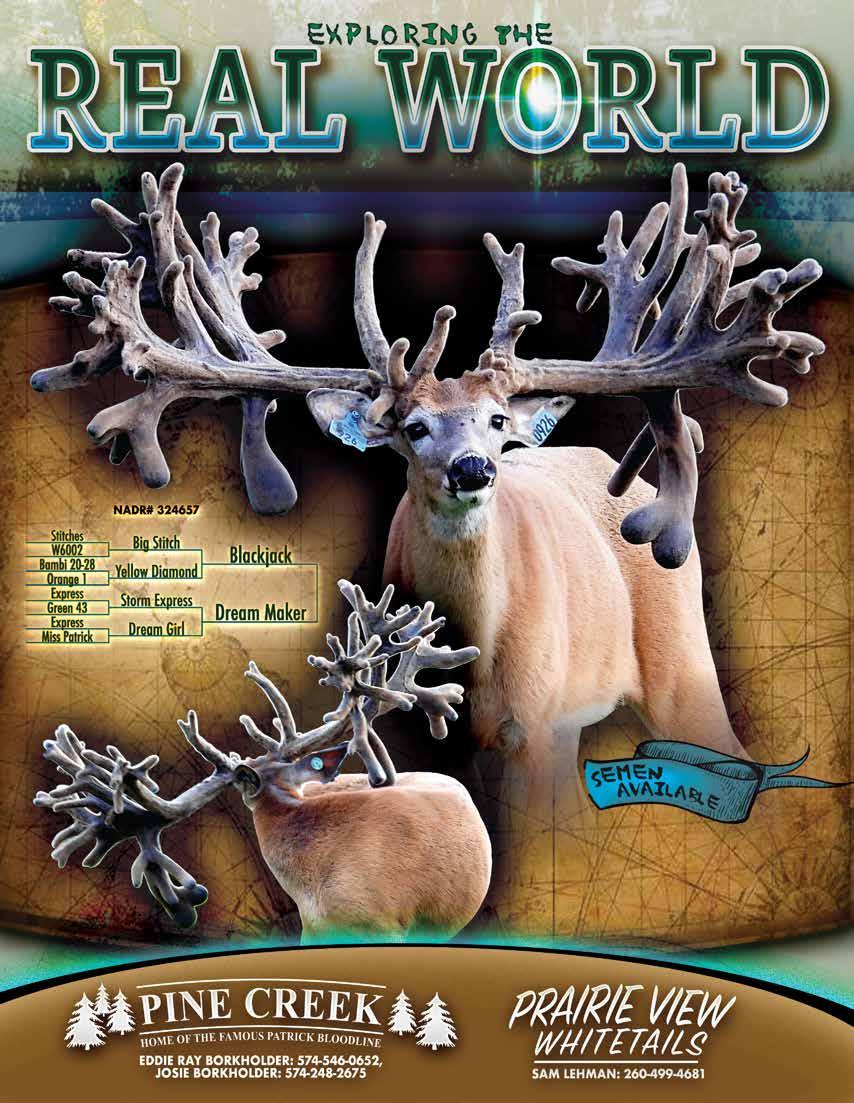
Interms of saving whitetail deer from succumbing to upper respiratory diseases such as pneumonia “the most valuable animal on your property is the one that just died,” explains Josh Newton, COO of Cervid Solutions and Operations Manager of Red Ridge Whitetails in Williamsport, Pennsylvania. “Because this deceased deer can provide insight as to what caused their death and give you greater abilities to treat others with an appropriate antibiotic regiment.”
Being that pneumonia can manifest itself virally, bacterially, chemically or as a result of an injury, some antibiotics may work better than others for effective treatment. And pneumonia, aside from the type caused by an injury, is almost always contagious. In addition, fluctuating weather patterns, such as severe drops in temperature or significant precipitation, can play a vast role in the overall health and longevity of a cervid herd or how susceptible they may be in contracting pneumonia. “Each farm is judged on it’s merits individually,” Newton said. “A northern deer farm is far different than a farm in an area such as southern Missouri where winter is a lot less hard on animals from a pneumonia standpoint.”

Symptoms of pneumonia, which can affect deer of all ages including fawns to older adult deer, can include a chronic dry cough, erratic shallow rapid breathing (most noticeable as a bouncing motion in the flank area), foaming at the mouth (unlike the look of chewing cud), diarrhea and nasal discharge. These symptoms are usually accompanied by dehydration as fawns tend to lose their desire to nurse and adult deer tend to lose their desire to eat and drink.
“Pneumonia is probably one of the most significant diseases that affect farmed deer,” said Dr. Rachael Weiss of Applied Reproductive Concepts in Greencastle, Pennsylvania. “If a farmer is losing a significant number of deer, I always recommend a necropsy and culture because many don’t know what is affecting their deer. The necropsy and culture will be a baseline to appreciate what is going on and choose the most appropriate treatment options.” To this end, choosing the right antibiotic (such as Draxxin, Zactran or sulfa drugs such as SMZ’s) can be the difference between life and death as some forms of pneumonia may be resistant to certain antibiotics. “We refer to this as the MIC or Minimal Inhibitory Concentration factor,” Newton explained. MIC defines levels of susceptibility or resistance of certain bacterial strains to administered antibiotics. “Having a reliable MIC assessment impacts your choice of a therapeutic strategy because of the potential effectiveness on an infection therapy,” he emphasized.

Newton feels any decisions regarding treatment regiments should always start first with your veterinarian. Therefore, having a good VCPR (Vet Client Patient Relationship) is just as important as developing a keen eye for illness, as antibiotics can only be acquired through veterinarian prescriptions. Acting quickly to isolate sick animals could also help save others if done promptly.
This, along with maintaining an ideal number of deer in your pens, is another important proactive and preventative measure.
“Ask yourself, what is your “Morbidity and Mortality Goal” for your farm and how many deer you are willing or able to lose,” Newton asked. “Also think about this. What is the maximum number of deer you could safely raise in the worst conditions? Consider your fawn program, too, and then bump back the number of deer in your pens. Because realistically, how much time and money do you want to spend intensely managing deer or treating sick animals?”



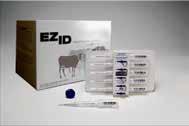


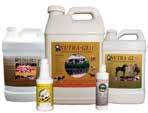


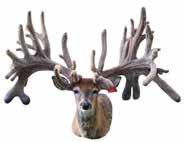


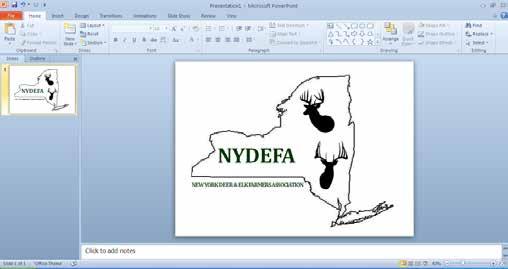









Back In Black/Major League/High Heat/Danger/Hardcore/Heather
Blackjack/Major League/Gunslinger/Maxbo XL/Heather
Blackjack/Venom/Judge’s Prodigy/Danger/Hardcore/Heather
Cruiser/Jumbo/Fed Ex/Texas Tea/Texas Girl (Jumbo Classic’s womb sister)
Cruiser/Voodoo’s Magic/Big Stitch/Golden Danger’s sister
Navigator/Cruiser/Voodoo’s Magic/Big Stitch/Golden Danger’s sister (Jasper’s womb sister)
Toxic/Blackjack/Jumbo Dream/Danger/Hardcore/Heather
Major League/20-28/Rolex/Pink 12
Jasper/Gunfighter/Jumbo Dream/Danger/Hardcore/Heather
Cruiser/Jumbo Power Girl
Jumbo Classic/Danger/Hardcore/Heather
Jumbo Classic/Cruiser/Voodoo’s Magic/Big Stitch/Golden Dan ger’s Sister